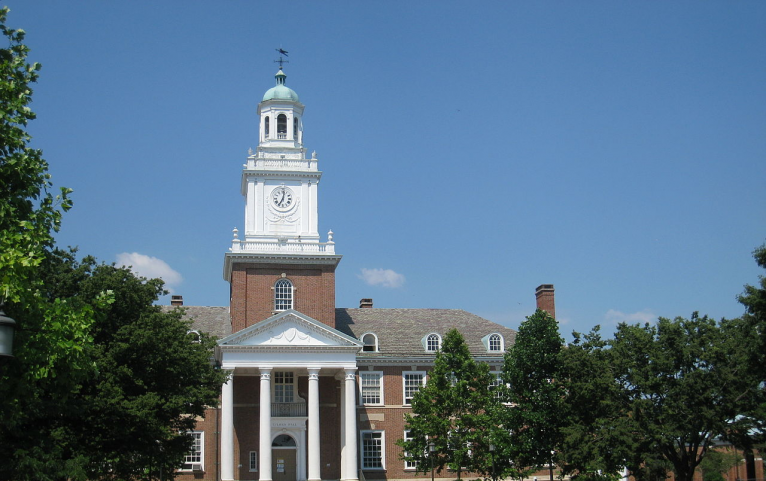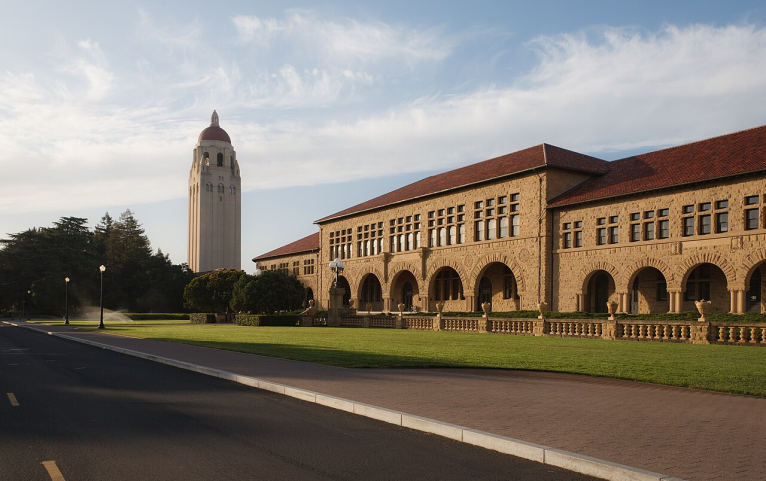Bloomberg Donates $1 Billion to Make Medical Education Free at Johns Hopkins, Redefining Access to Healthcare Professions
Michael Bloomberg's $1 billion gift to Johns Hopkins ensures free medical education, tackling accessibility issues in healthcare professions. Read to learn more.
-
Law Schools Embrace AI Integration Amid Policy Uncertainty
-
6 Strategies to Address Service Inequity in Academia: Insights from the ACAD Conference
-
California Legislature Votes Unanimously to Block AI Bots from Replacing Community College Faculty
-
Chegg Announces Workforce Cuts to Combat AI Competition and Enhance Student Support
-
Stanford Internet Observatory Affirms Commitment to Mission Despite Staff Reductions
-
Gender Disparities Persist Despite Increase in Female Representation Among Scholarly Researchers
-
AI Revolutionizes Language Education With Personalized Learning
By Joy Liwanag -
Gender Disparity Persists in Biomedical Research Grant Awards, Study Finds
By Joy Liwanag -
Republican Senator Launches Inquiry into Tutor.com Over Data Privacy Concerns
By Joy Liwanag -
Researchers Use AI Tools Despite Data Security Concerns, Report Finds
By Joy Liwanag -
Arizona State University's Partnership with OpenAI Marks a Milestone in AI Education Innovation
By Joy Liwanag -
OpenAI Unveils GPT-4o: A Game Changer in Education for Personalized Learning and Tutoring
By Joy Liwanag -
AI Robot Delivers D'Youville University's Controversial Commencement Speech
By Joy Liwanag -
Higher Education Embracing Practical AI Applications Over Initial Fears, Digital Universities U.S. Conference Concludes
By Joy Liwanag -
Generative AI's Impact on Scholarly Publishing Under Scrutiny
By Joy Liwanag -
Report: College-Bound Students Fear AI Will Impact College and Career Success
By Joy Liwanag -
Dr. K Peter Rentrop Shares Unbelievable Cardiology Breakthroughs That Will Blow Your Mind
By Slackton Longsern II -
Dr. Leen Kawas Brings Longer Lifespans, Rising Chronic Diseases, and Two Game-Changing Breakthroughs Into Focus
By David Thompson
















